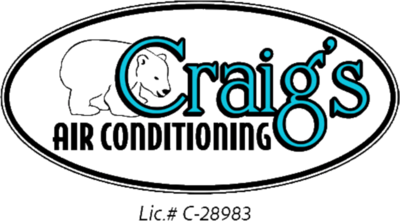The Impact of Salt Air on air conditioning systems in Hawaii
Hawaii is synonymous with beautiful beaches and stunning ocean views. However, its coastal regions are also known for salt-laden air that can influence the longevity and efficiency of AC systems.
In this article, we dive deep into how saltwater air affects air conditioning systems in Hawaii and provide insights to keep them running optimally.
Understanding the Composition of Saltwater Air
Ocean air carries ions such as sodium, magnesium, chloride, and sulfate, which originate from seawater. These particles can enter HVAC systems when carried inland by ocean breezes, potentially causing corrosion and damage over prolonged periods.
Corrosion Effects on AC Systems
The salty air can have negative effects on AC systems in coastal areas, especially in places with high humidity. Components like outdoor condenser units, coils, and electrical connections are particularly susceptible. Some observed impacts are:
Corrosion: Salt particles can corrode metal components.
Reduced Efficiency: Salt can hamper heat transfer, leading to increased energy consumption.
Clogged Filters: Filters can clog faster in salt air, reducing airflow.
Shorter Lifespan: Systems might face increased corrosion and wear.
Increased Maintenance: Frequent maintenance is needed for systems in coastal areas.
Furthermore, salt air can also adversely affect electrical systems:
Corrosion and Oxidation: Electrical components face an increased risk of corrosion.
Insulation Damage: The risk of electrical shorts rises as salt air damages insulation.
Fire Hazard: The chance of electrical fires increases due to corrosion and oxidation.
Regular maintenance and preventive measures become indispensable for safeguarding both HVAC and electrical systems.
Potential Problems Caused by Saltwater Air
Saltwater corrosion can lead to several challenges:
Reduced Cooling Capacity: Corrosion impacts the cooling coils' efficiency.
Decreased Energy Efficiency: Systems face increased resistance due to corroded components.
Frequent Breakdowns: Systems are prone to failures.
Increased Maintenance Costs: Coastal AC systems need frequent maintenance.
Decreased Lifespan: Components can deteriorate faster due to salt air.
Proactive measures, such as regular inspections, thorough cleanings, and protective coatings, can help mitigate these challenges.
Preventive Measures and Maintenance Tips
Maintenance is paramount for coastal AC systems. Its benefits include:
Corrosion Prevention: Protective measures like rinsing and coatings help.
Optimal Performance: Maintenance ensures the system runs efficiently.
Longevity: Early detection of wear signs can extend the system's lifespan.
Improved Air Quality: Clean or replace filters regularly.
Cost Savings: Efficient systems save on energy bills.
Consistent maintenance ensures that coastal residents enjoy the perks of a robust and efficient AC system, undeterred by the challenges posed by saltwater air.
Professional Solutions and Expert Advice
Engaging with professionals experienced in coastal conditions is crucial. They can suggest products and solutions tailored to combat saltwater corrosion effectively.
Conclusion
It's vital for Hawaii's residents to understand the challenges posed by saltwater air on HVAC systems. By being proactive—through regular maintenance, seeking expert advice, and adopting protective measures—you can enhance the life and efficiency of your coastal AC systems.
Protect Your HVAC System!
Take a stand against saltwater air's effects. Reach out now for a tailored quote and ensure your HVAC system's optimal performance.







